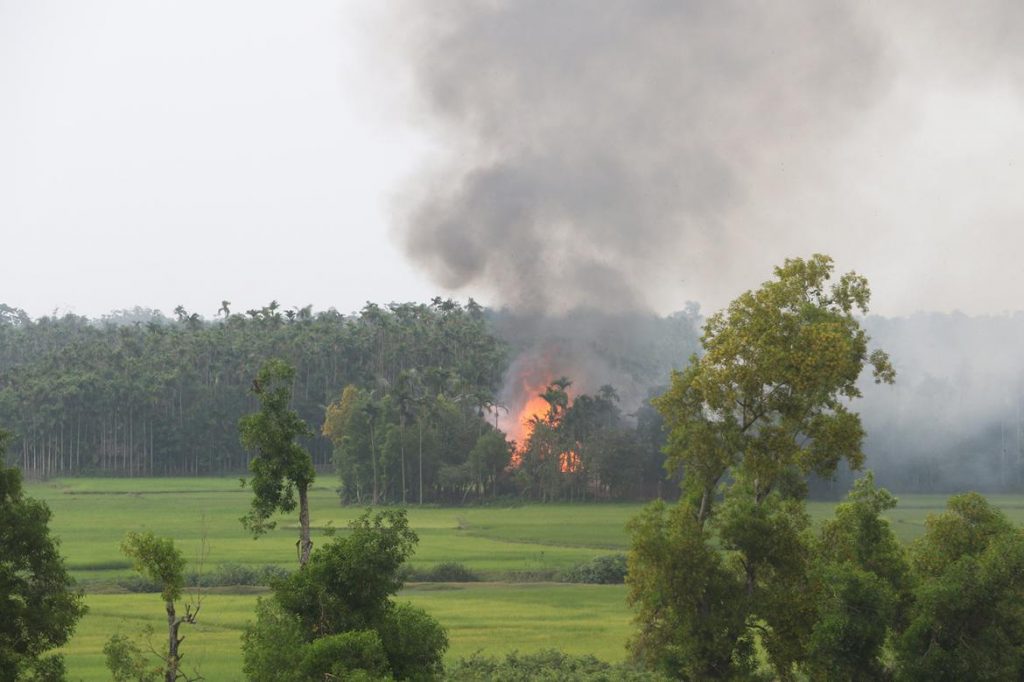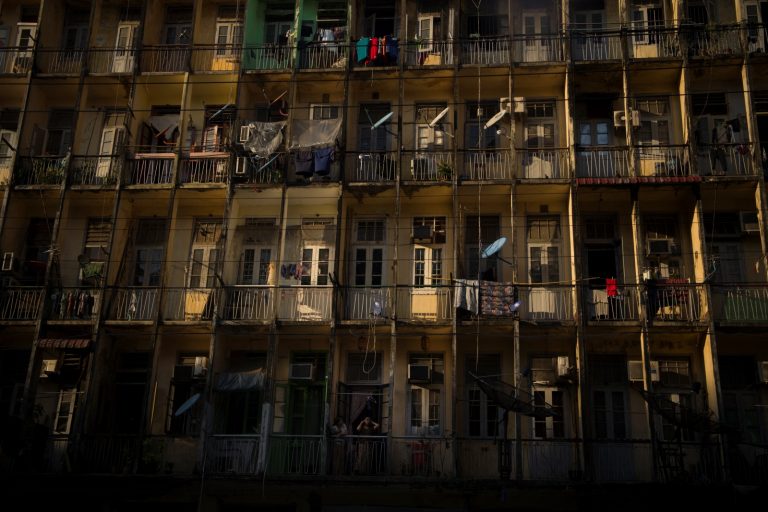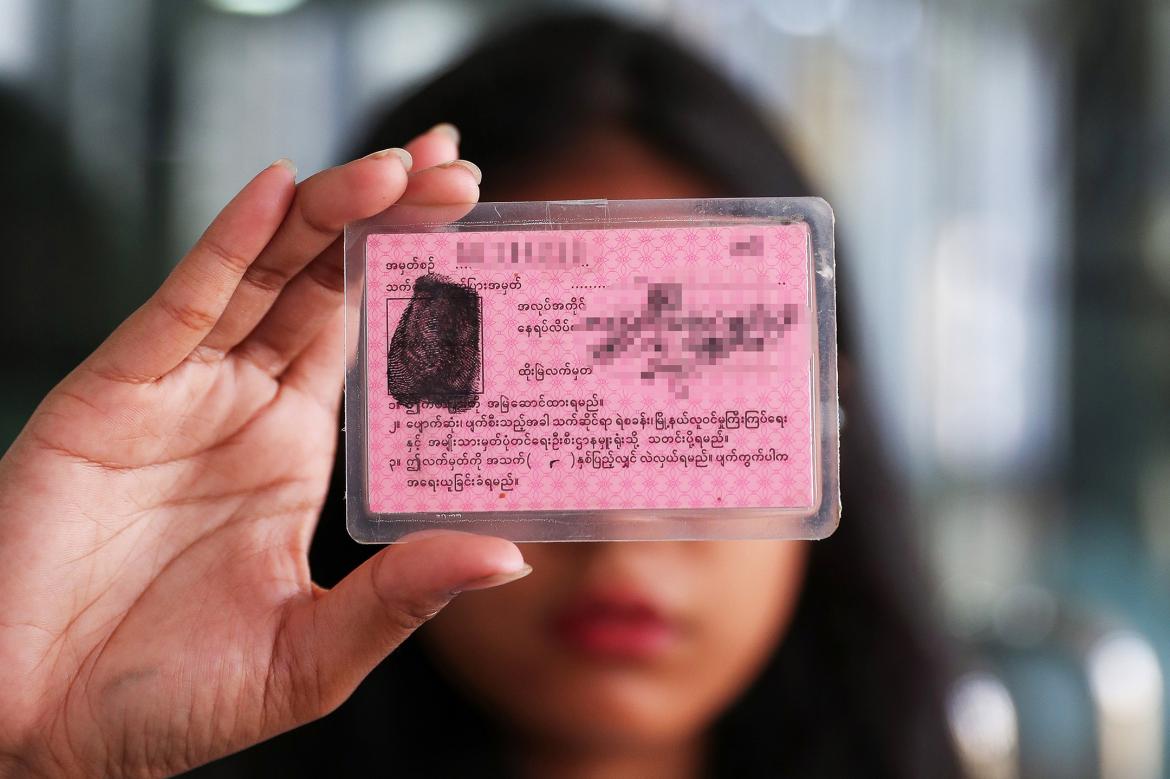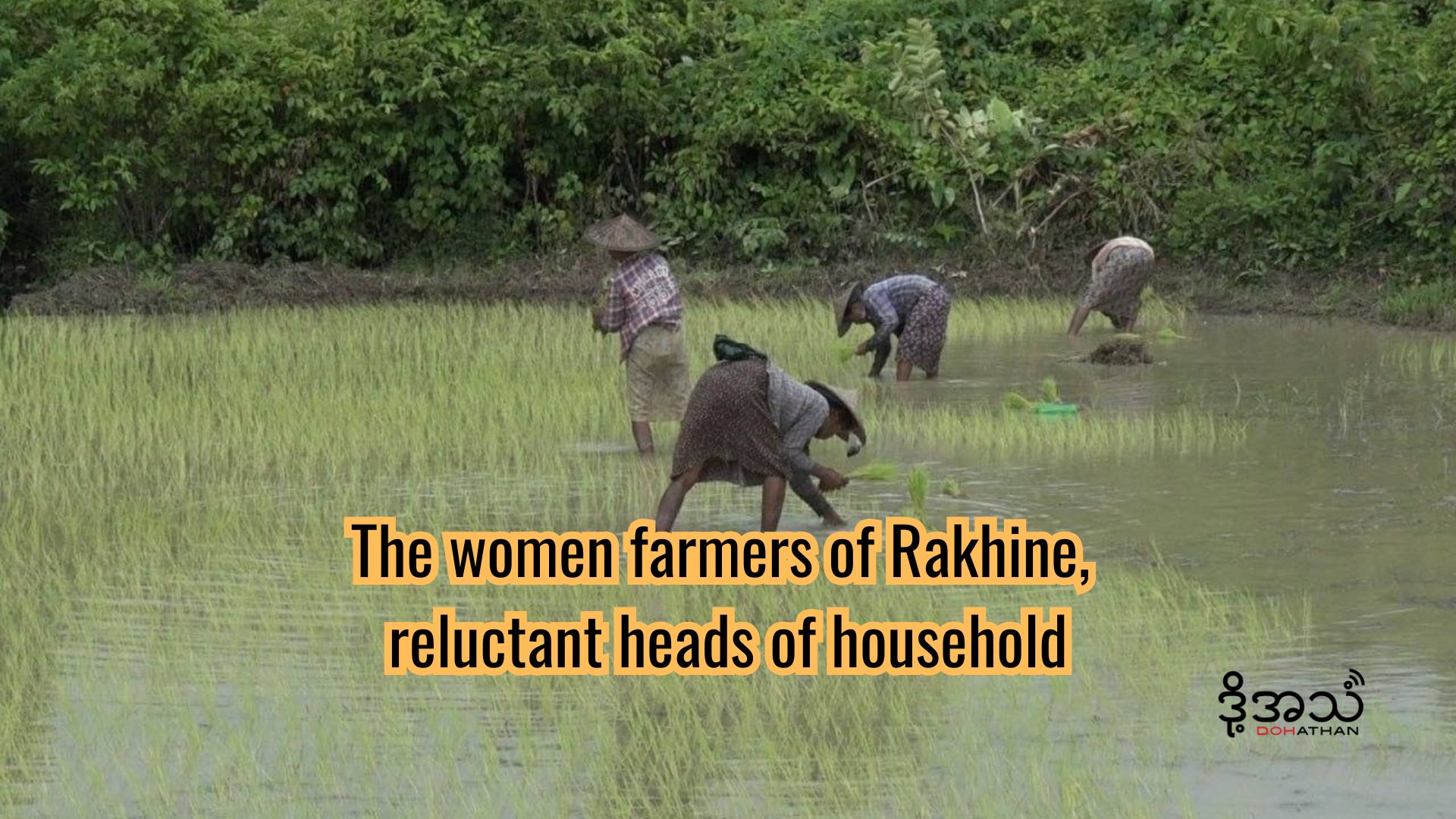The government’s response to an Associated Press report about civilians buried in a mass grave at a northern Rakhine village has again focused attention on a counterproductive media access ban to the area imposed nearly five months ago.
By SITHU AUNG MYINT | FRONTIER
FOREIGN MEDIA coverage of Rakhine State made headlines again this month when the Union government denied a report by the Associated Press about the discovery of mass graves containing civilians and accused the American newsagency of harming the country’s image.
The report also angered the Rakhine State government, which said it planned to sue AP, although it was unclear how any such case might proceed. The Union government’s response to the AP report has left some wondering if it plans to open a new front against the media over its coverage of the Rakhine crisis. The speculation comes amid pressure on the government over the arrest of two Reuters reporters accused of breaching the Official Secrets Act, whose release has been urged by the United States, Canada, several European countries and top United Nations US officials.
If the Rakhine State government were to take action against AP it might be another blow to the Myanmar government’s reputation. This week I’d like to discuss the government’s attitude towards media coverage of the Rakhine crisis.
The AP report on February 1 documented the discovery at Gu Dar Pyin village in Buthidaung Township of at least five mass graves containing the bodies of Rohingya villagers. It said the existence of the mass graves was confirmed in interviews with more than two dozen survivors at camps in Bangladesh and by time-stamped mobile phone videos.
Support more independent journalism like this. Sign up to be a Frontier member.
AP quoted the survivors as saying the village was attacked on August 27 by hundreds of soldiers and residents of neighbouring Rakhine villages and at least 75 Muslims were killed. The report said soldiers poured acid on the faces of the slaughtered Muslims so they could not be identified before their bodies were thrown in the mass graves.
The AP report troubled the Union government and the Tatmadaw, which had admitted on January 10 that soldiers were involved in the killing of 10 Muslims at Inn Din village on September 2 whose bodies were found in a mass grave. The Union government ordered an immediate investigation into the AP report and the Rakhine government sent a 17-member team to Gu Dar Pyin.
In a statement on February 2 denying the AP report, the Union government said security forces conducting clearance operations at Gu Dar Pyin on August 27 were attacked by about 500 Rohingya “terrorists”. It said 19 “terrorists” were killed and later “carefully buried” by the security forces. The statement denied that civilians were killed.
“The Myanmar government will not deny any human rights violations and will investigate if there is strong evidence. And if there are human rights violations after an investigation, prosecutors will take actions according to the law,” the statement said.
The AP responded to the government statement by saying it stood by its reporting.
It’s worth mentioning that media has been banned from northern Rakhine since August 25, when coordinated surprise attacks by fighters from the Arakan Rohingya Salvation Army triggered the military clearance operation that has resulted in more than 680,000 people, overwhelmingly Muslims, fleeing to Bangladesh. A Tatmadaw statement on September 1 said 370 “terrorists” had been killed during the attacks and in fighting over the following days, but gave no casualty figures for the security forces.
It is five months since the clearance operation was launched but little information has been revealed, such as the villages where clashes occurred, the number of people killed and where they were buried, and how many suspected extremists have been arrested and where they are being detained.
Reporting on the situation in northern Rakhine is difficult because of the ban on media access. Journalists can only travel there on trips arranged by the government. They are shown what the government wants them to see and interviews with residents are closely monitored by officials. Journalists who defied the authorities to visit northern Rakhine have been threatened by Buddhist villagers. Journalists are also banned from entering the camps holding about 100,000 people, mostly Muslims, who were displaced by the communal violence in 2012.
It is important for the media to be given independent access to northern Rakhine. Had AP been able to visit Gu Dar Pyin, rather than rely on accounts of survivors in camps in Bangladesh, it could have quickly determined if reports of mass graves in the village were true or false.
The final report handed down last August by the commission on Rakhine headed by former UN secretary-general Mr Kofi Annan included a recommendation for “full and regular” media access to all areas of Rakhine. The commission noted that “full transparency is the most effective way to dispel false and inaccurate representations of the situation on the ground”.







